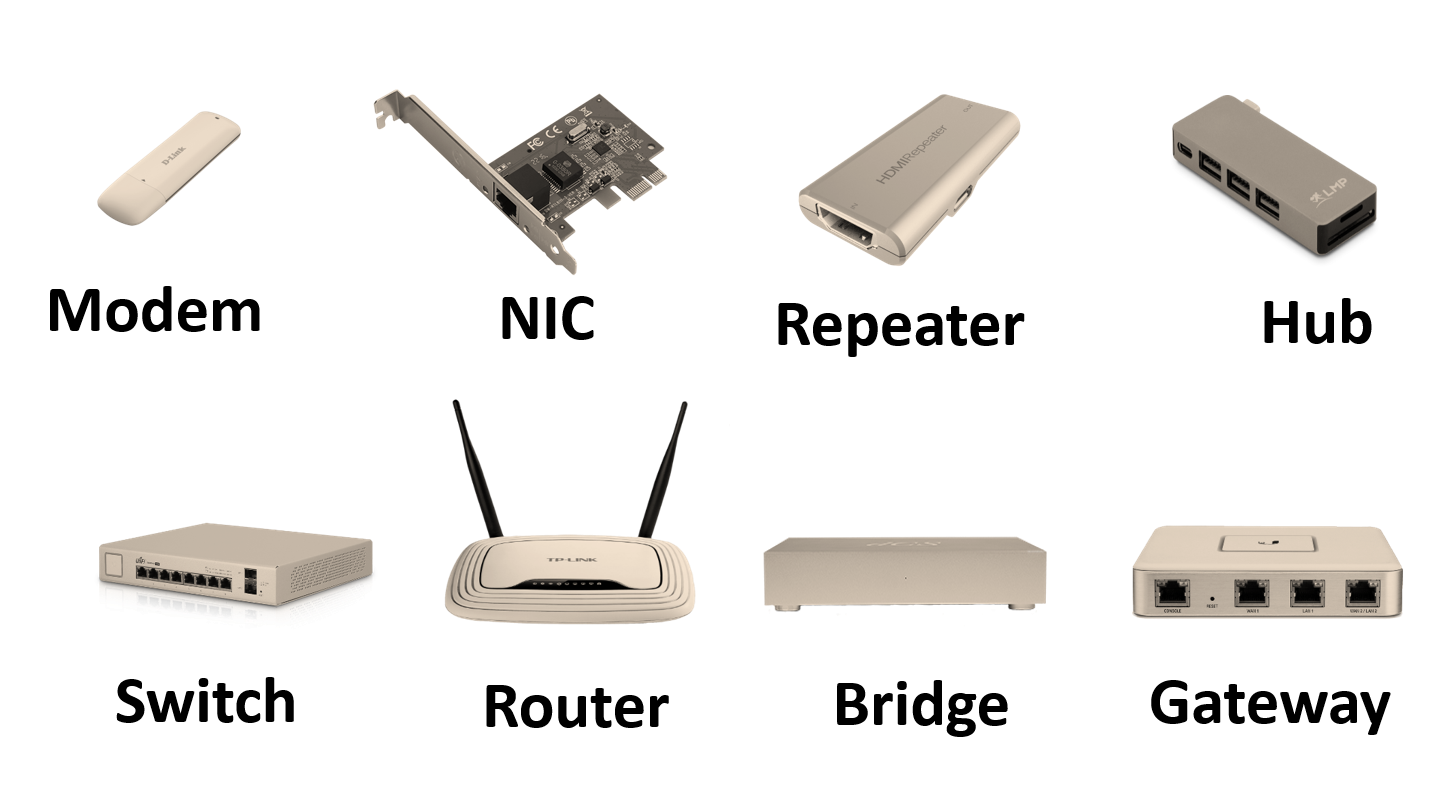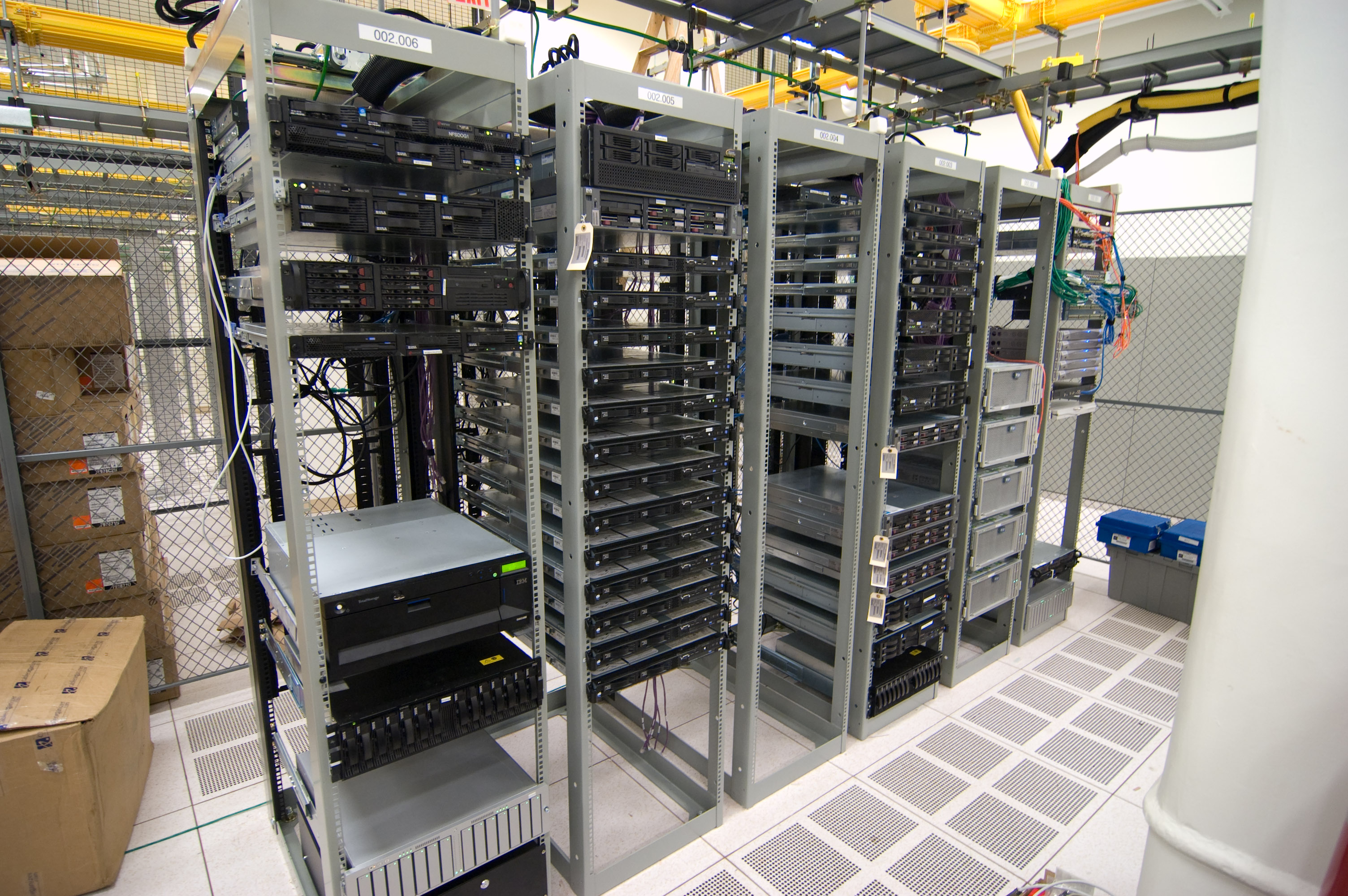Small Home Data Cabinet Features and Benefits

A small home data cabinet offers a practical and efficient solution for organizing and safeguarding your important documents, digital media, and other valuable items. These compact cabinets are designed to maximize storage space while providing a secure and organized environment for your data.
Key Features of Small Home Data Cabinets
Small home data cabinets are characterized by their compact size, ample storage capacity, and user-friendly organizational features. Here are some key features that make them a valuable addition to any home:
- Compact Size: Small home data cabinets are designed to fit seamlessly into various spaces, such as a home office, bedroom, or living room, without taking up too much valuable floor space.
- Storage Capacity: Despite their compact size, these cabinets offer ample storage space for various items, including files, folders, electronic devices, and other essential documents. Many models feature adjustable shelves and drawers, allowing you to customize the storage space according to your needs.
- Organizational Capabilities: Small home data cabinets are equipped with features that facilitate organization, such as dividers, trays, and compartments. These features help you keep your data categorized and easily accessible.
Benefits of Using a Small Home Data Cabinet
Utilizing a small home data cabinet provides numerous benefits, enhancing data security, organization, and convenience. Here are some key advantages:
- Improved Data Security: A small home data cabinet can provide a secure environment for storing sensitive documents and electronic devices, protecting them from unauthorized access, dust, and damage.
- Convenient Access to Important Documents: With your data organized and readily accessible, you can easily locate important documents, files, and other essential information when needed. This saves you time and frustration compared to searching through scattered piles of paper.
- Enhanced Organization: A small home data cabinet promotes a more organized and efficient workspace, reducing clutter and creating a more pleasant and productive environment. You can easily categorize your data and maintain a system that works best for your needs.
Examples of Small Home Data Cabinet Utilization
Small home data cabinets can be utilized in various rooms to enhance organization and security:
- Home Office: In a home office, a small home data cabinet can be used to store important documents, files, and office supplies, keeping your workspace organized and efficient.
- Bedroom: A small home data cabinet can be used in a bedroom to store personal documents, financial records, and other sensitive information, providing a secure and organized space for these valuable items.
- Living Room: A small home data cabinet can be placed in a living room to store media devices, gaming consoles, and other entertainment equipment, keeping your living space tidy and organized.
Choosing the Right Small Home Data Cabinet

Selecting the right small home data cabinet is crucial for safeguarding your valuable documents, electronics, and other important items. With various types and features available, it can be overwhelming to decide which one best suits your needs. This guide will help you navigate the options and make an informed decision.
Types of Small Home Data Cabinets
Understanding the different types of small home data cabinets will help you narrow down your choices. The most common types include fireproof cabinets, lockable cabinets, and multi-tiered cabinets.
- Fireproof cabinets are designed to protect your belongings from fire damage. They are typically made of fire-resistant materials like steel or concrete, and they are equipped with a special door seal that prevents heat and smoke from entering. These cabinets are ideal for storing irreplaceable documents, electronics, and other sensitive items.
- Lockable cabinets provide basic security by preventing unauthorized access to your belongings. These cabinets are usually made of metal or wood, and they come with a lock and key or a combination lock. Lockable cabinets are suitable for storing valuables like jewelry, cash, and important documents that you want to keep safe from theft.
- Multi-tiered cabinets offer increased storage space and organization. These cabinets typically have multiple shelves or drawers that allow you to categorize and store different items. Multi-tiered cabinets are great for organizing and storing a variety of items, such as office supplies, books, and electronics.
Comparing Small Home Data Cabinets
The following table provides a comparison of different features for various small home data cabinet types:
| Feature | Fireproof Cabinet | Lockable Cabinet | Multi-tiered Cabinet |
|---|---|---|---|
| Size | Small to Large | Small to Large | Small to Large |
| Material | Steel, Concrete | Metal, Wood | Metal, Wood |
| Price | Higher | Moderate | Lower |
| Security Features | Fire Resistance, Lockable | Lockable | None |
Choosing the Right Size and Capacity, Small home data cabinet
Determining the appropriate size and capacity for your small home data cabinet depends on your individual needs and storage requirements. Consider the following factors:
- Quantity of items: Estimate the number of items you need to store, including documents, electronics, and other valuables.
- Size of items: Measure the dimensions of the largest items you plan to store, ensuring they fit comfortably in the cabinet.
- Storage space: Assess the available space in your home for the cabinet, ensuring it fits without obstructing movement or creating clutter.
Organizing Data in a Small Home Data Cabinet

A well-organized small home data cabinet is a treasure trove of information, readily accessible when you need it. Organizing your data effectively allows you to find documents quickly, prevent duplicates, and maintain a clean and efficient filing system.
Categorizing Documents
Categorizing documents is the first step in organizing your data cabinet. This process involves grouping similar documents together, making it easier to locate them later. Here’s a step-by-step guide to categorize your documents:
- Identify Document Types: Start by examining your documents and identifying the different types you have. For example, you might have financial documents, medical records, insurance policies, warranties, receipts, tax information, and legal documents.
- Create Categories: Based on the document types, create broad categories that encompass your data. These categories should be logical and easy to remember. For example, you could have categories like “Finances,” “Health,” “Home,” “Auto,” “Legal,” and “Taxes.”
- Sub-Categories: Within each broad category, create sub-categories to further refine your organization. For instance, under “Finances,” you might have sub-categories like “Bank Statements,” “Credit Card Bills,” “Investments,” and “Loans.”
Labeling Folders
Once you have categorized your documents, it’s essential to label folders clearly and consistently. Effective folder labeling ensures you can quickly identify the contents of each folder.
- Descriptive Labels: Use descriptive labels that accurately reflect the contents of each folder. Avoid using generic labels like “Important Papers” or “Miscellaneous.” For example, instead of “Insurance,” label the folder “Home Insurance Policies.”
- Consistent Formatting: Maintain a consistent format for your folder labels. This could involve using a specific font, font size, color, or label placement. Consistency makes it easier to scan and identify folders.
- Color Coding: Consider using color coding to further differentiate your folders. For example, you could assign a specific color to each category, such as blue for “Finances” and green for “Health.”
Utilizing Dividers
Dividers are invaluable tools for organizing a small home data cabinet. They help to separate different categories of documents, creating a visually appealing and functional filing system.
- Categorical Dividers: Use dividers to separate your main categories. For example, you could have a divider for “Finances,” “Health,” “Home,” and so on.
- Sub-Category Dividers: Within each category, you can use smaller dividers to separate sub-categories. For example, within the “Finances” category, you could have dividers for “Bank Statements,” “Credit Card Bills,” and “Investments.”
- Tabbed Dividers: Tabbed dividers are especially useful for smaller cabinets, as they allow you to label each section clearly without taking up too much space.
Visual Representation of a Well-Organized Small Home Data Cabinet
Imagine a small home data cabinet with three shelves. The top shelf houses a hanging file system with dividers for each main category, such as “Finances,” “Health,” “Home,” and “Legal.” Each category is further divided using smaller tabbed dividers for sub-categories. The middle shelf holds a variety of storage solutions, including file boxes for older documents, hanging folders for current documents, and a small tray for frequently accessed items. The bottom shelf is dedicated to a large, labeled file box for storing documents that are not actively used.
Best Practices for Maintaining an Organized and Accessible Data Cabinet
Maintaining an organized data cabinet requires ongoing effort and attention. Here are some best practices to keep your system efficient:
- Regular Filing: Make it a habit to file documents promptly after receiving them. This prevents clutter and ensures your data remains organized.
- Purge Regularly: Periodically review your documents and discard any that are no longer needed. This keeps your cabinet from becoming overcrowded and helps you maintain a clear filing system.
- Digital Backups: Consider scanning important documents and creating digital backups. This protects your information from loss or damage and provides easy access from any device.
- Labeling System: Develop a consistent labeling system and stick to it. This ensures that you can quickly identify the contents of each folder.
While a small home data cabinet might seem like a simple storage solution, the security of its contents demands careful consideration. Much like the importance of securing firearms, ensuring the data cabinet is robustly anchored is crucial. For those seeking guidance on reinforcing a gun cabinet, a detailed guide on how to fix gun cabinet to the wall can offer valuable insights.
These same principles of secure attachment can be applied to a data cabinet, preventing unauthorized access and ensuring the safety of sensitive information.
A small home data cabinet can be a lifesaver for organizing cords and electronics, but finding a spot for it in a cramped space can be a challenge. Consider a wall end shelf corner cabinet as a solution, maximizing unused space and providing a stylish home for your data cabinet.
The cabinet’s placement in a corner frees up floor space while offering ample storage for routers, modems, and other essential equipment.